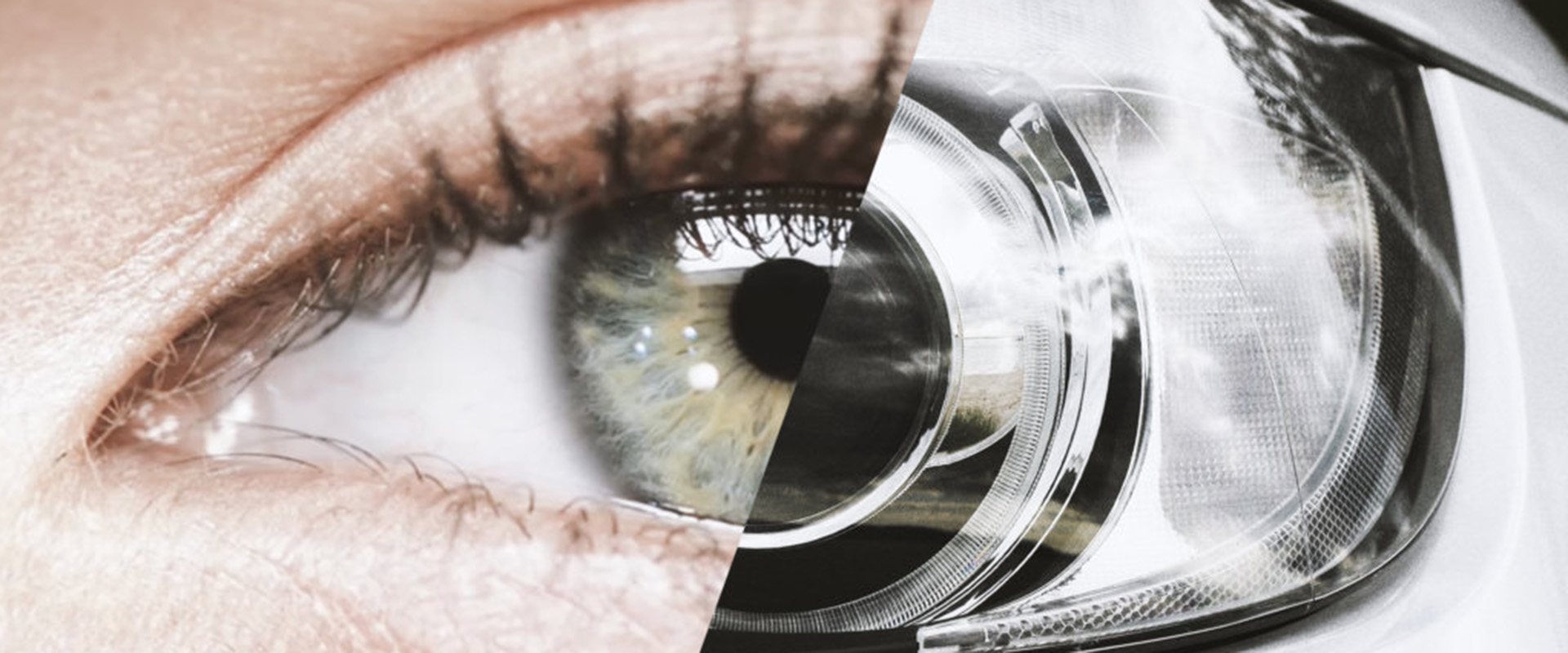EN

At Smart Eye, our focus is on developing eye tracking technology at the cutting edge. To do that, we rely on deep knowledge of the long chain that connects human actions and intentions with technology. From the anatomy of the eye and face, to optics and intelligent software.
To make sense of the wealth of real-time data provided by our systems, we support our software and algorithms by using AI. Artificial intelligence is a necessary component when it comes to achieving our high standard for accuracy, predictability and stability. It’s also a critical success factor for when eye tracking is used in challenging environments, where light conditions vary or the subject’s eyes are partly covered.
A basic explanation of a complex process is that infrared light is used to create a reflection in the eye’s cornea, that can be captured by a camera. To get a more accurate and robust tracking performance, our solutions track each eye separately. Intelligent algorithms then identify the iris and pupil of each eye and weigh the two monocular feeds into a consensus gaze. Simultaneously, the software also detects, tracks and interprets the person’s facial features and head movements.
Over time, the system gets to know the face of each subject, learning more about each person while building a more detailed profile. This means that only a few features need to be visible in order to accurately determine head pose, even if the face is partially obscured. Our multi-camera solutions also let the software triangulate the position and orientation of the head with greater accuracy, regardless of real-world conditions.
Since our start, eye tracking has evolved from an interesting possibility to an established technology that allows our customers to see further in a wide variety of fields.
In the automotive industry, our head, eye and gaze tracking is employed in advanced Driver Monitoring and Interior Sensing systems. In the world of psychology and neuroscience, it is used in research that can help diagnose neurological conditions and increase our understanding of the human mind. The aviation and aerospace industries study eye and gaze movements for research, development and educational purposes. Eye tracking can also be used to interact with computers in a more intuitive way. Which, if you know our history, is the original idea that made everything else possible.

Eye tracking is already making technology more efficient, more sustainable and more accessible. But so far, we have only scraped the surface of what we can accomplish with the help of eye tracking. The full impact of eye tracking technology is still ahead of us, breaking new ground within everything from neuroscience to the development of self-driving vehicles.
